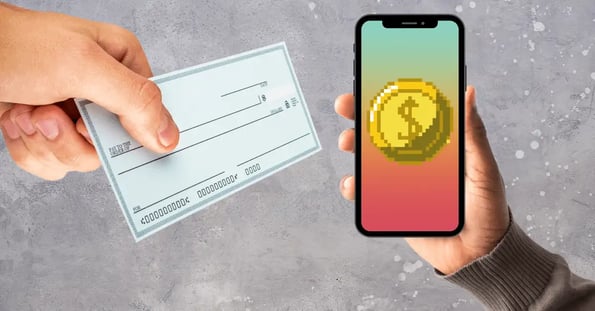It turns out our personal finances are in as bleak a state as they feel.

More than one-third of Americans say they couldn’t cover a $400 emergency expense in cash, and the average consumer has ~$5.7k in credit card debt.
To shorten the time between paychecks, more people are turning to wage access apps — services that offer users early access to earned funds in exchange for a fee, per Vox.
The apps fall into two categories:
- Programs integrated directly into employer payroll systems that let workers access their wages in advance before deducting from their paychecks.
- Direct-to-consumer apps that give people their money in advance based on what they say they’ll earn in the future.
The demand for both is rising: Consumers obtained $9.5B through early wage access companies in 2020, up from $3.2B in 2018.
But who uses them? And why?
These apps are particularly popular among low-wage workers in industries like food service, gig work, and retail.
Their popularity hinges on the fact that workers are often not paid enough (the federal minimum wage is $7.25 an hour) or are paid too slowly.
And they aren’t used for unnecessary splurges: 80% of consumers rely on the apps to pay for essential expenses like groceries, rent, and child care.
There are plenty of issues
Since wage access apps are essentially loans, they come with a heaping side of fine print — and fees:
- Unless an employer swallows the fees, users pay to access their own money. This can range from less than $1 to more than $20, depending on the requested amount.
- Between January 2016 and January 2023, workers filed 450+ complaints against wage access providers with the Consumer Financial Protection Bureau.
These fees add up quickly, and a recent report found fees for early wage access programs averaged an annual interest rate of more than 300%.
Early wage access apps are new…
… and states are still deciding how to regulate them. So far, Connecticut has passed legislation defining them as loans, and California is close behind.
Ultimately, all this discourse highlights the long-standing issue that low-wage American workers are often penalized when struggling to make a living wage.
bc75.jpg)